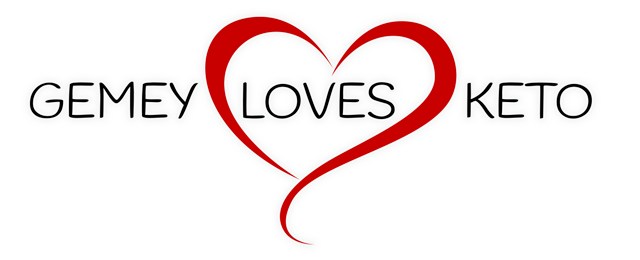Use this Eat This, Not That guide as references when you are planning meals or on the go.
Be honest: one of the things that attracted you to ketogenic living was seeing all of the delicious foods!
While there certainly is no shortage of incredible keto recipes (and you’ve been eating them the past two weeks), it is best to keep things simple to minimize your time in the kitchen and “ingredient overwhelm”. The Simple Ketogenic Menu offers tasty meals with few ingredients, and will help you avoid hours of intense meal prepping. Use the Grocery Guide as we move into Prep Week, and if there is anything on the menus you do not enjoy, simply replace it with another keto-friendly item by referring back to the long list of the Best Keto Foods in this guide.
Access your Sample Ketogenic Menu here.
Our bodies are always speaking to us, and during our time together in Ketogenic Living 101, I challenge you to listen and become more intuitive about what your body needs and how it is becoming keto-adapted. Thirst and rest are a bit easier to pick up on than hidden food sensitivities and true hunger.
An unknown food sensitivity is a big factor in the body’s inability to lose fat and feel amazing.
Dairy, nuts and seeds, spices, even certain proteins like eggs, red meat, cured meats, and seafood can all cause issues in some people. If you feel nauseated, bloated, constipated, experience diarrhea, feel tired, jittery, or notice changes in your skin, you likely have a food sensitivity. Remove the suspect ingredient for one week, then re-introduce it in a small amount. If you suspect multiple sensitivities, remove all suspects but only re-introduce one at a time. Wait three full days before adding another suspect food to see if you have any reactions.
Uncovering hidden food sensitivities is one reason why it is SO important to track your foods: you can always go back and see what you had that is making you feel a certain way and eliminate it.

